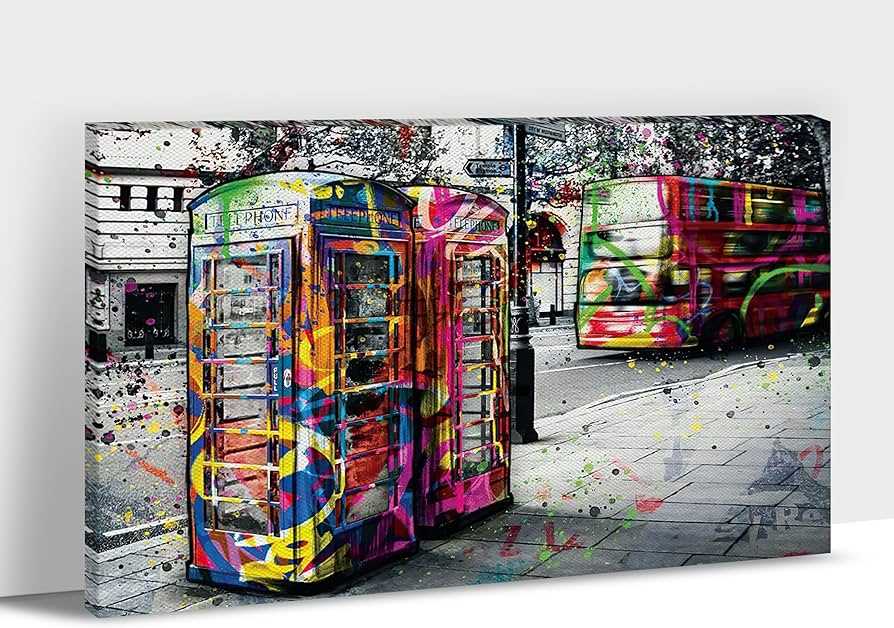
Step into the vibrant world of urban decor street art, where concrete walls become canvases for artistic expression. From sprawling murals to small yet powerful pieces, street art has become an integral part of cityscapes around the world, transforming ordinary spaces into extraordinary visual experiences. This underground art form not only adds a splash of color to urban environments but also gives voice to diverse communities, challenging traditional notions of art and pushing boundaries.
Walking through the streets of a bustling city, one cannot help but be captivated by the bold colors, intricate designs, and thought-provoking messages that adorn the walls. Each piece of street art tells a story, reflecting the unique perspectives and experiences of the artists behind them. With each stroke of the brush or spray of the paint can, these artists create a visual dialogue that sparks conversation and ignites creativity.
Urban decor street art is a powerful medium that transcends social, cultural, and economic barriers. It breaks free from the confines of museums and galleries, bringing art to the masses. This democratic art form invites anyone and everyone to engage with it, blurring the lines between artist and spectator. Whether you’re a seasoned art enthusiast or simply a passerby, street art invites you to pause, reflect, and appreciate the beauty that surrounds you.
Moreover, urban decor street art has the ability to transform neglected spaces into vibrant cultural hubs. Empty alleyways, derelict buildings, and forgotten corners become celebrated landmarks, attracting tourists and locals alike. By breathing life into these spaces, street art not only revitalizes neighborhoods but also fosters a sense of pride and identity within the community. It serves as a visual reminder of the power of creativity, resilience, and collective expression.
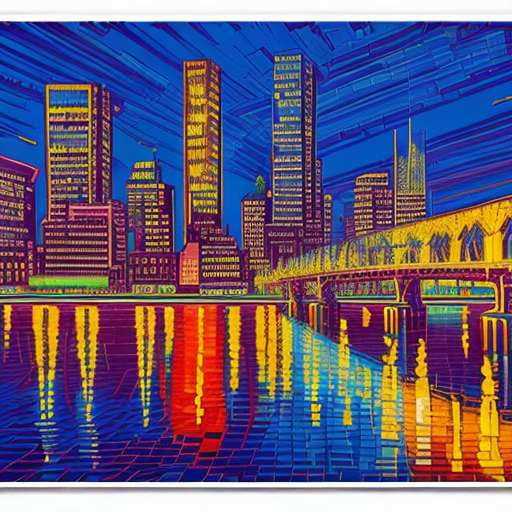
One of the most iconic elements of street art is tagging, which involves an artist leaving their mark or signature using a personalized tag or graffiti name. Tagging is often seen as the most basic and essential form of street art, acting as a visual declaration of presence and identity in a public space.
History and Evolution
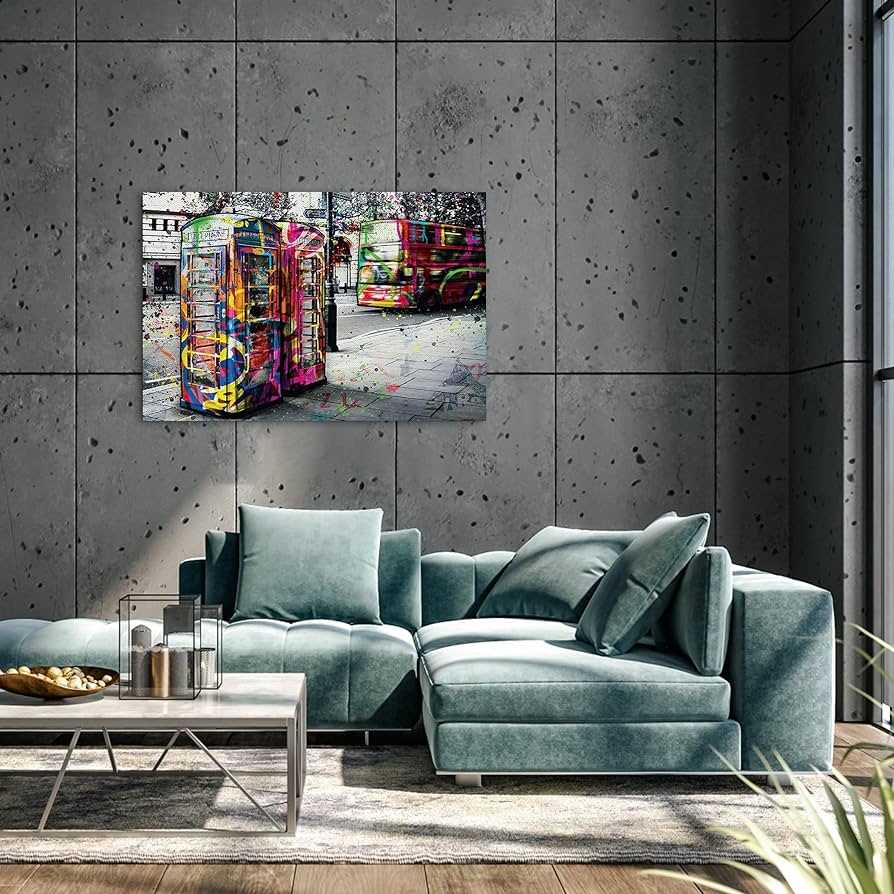
The origins of tagging can be traced back to the late 1960s and early 1970s when graffiti culture emerged in New York City. Influenced by the hip-hop movement and a desire to claim public spaces, young artists began using spray paint to leave their mark on city walls.
What started as simple signatures soon evolved into elaborate and stylized lettering, with artists developing unique tag designs that often included intricate patterns, shapes, and colors. This progression led to the emergence of different tagging styles, such as bubble letters, wildstyle, and block letters, each representing a distinct artistic expression.
The Language of Tagging
Tagging can be seen as a language spoken among street artists. It is a way for artists to communicate with one another, leaving messages and marking territory. Each tag contains a personal style and artistic flair, reflecting the individuality and creativity of the artist behind it.
The language of tagging is not limited to just letters and names; it also includes symbols, icons, and even characters. These elements can convey deeper meanings and messages, often influenced by the artist’s personal experiences, cultural background, and social commentary.
Furthermore, tagging is a form of self-expression and can capture the energy and spirit of a city. It represents a form of rebellion against traditional art forms and challenges societal norms, pushing boundaries and sparking conversations among both art enthusiasts and the general public.
Decor Street Art: Enhancing Urban Aesthetics
1. Adding Splash of Colors
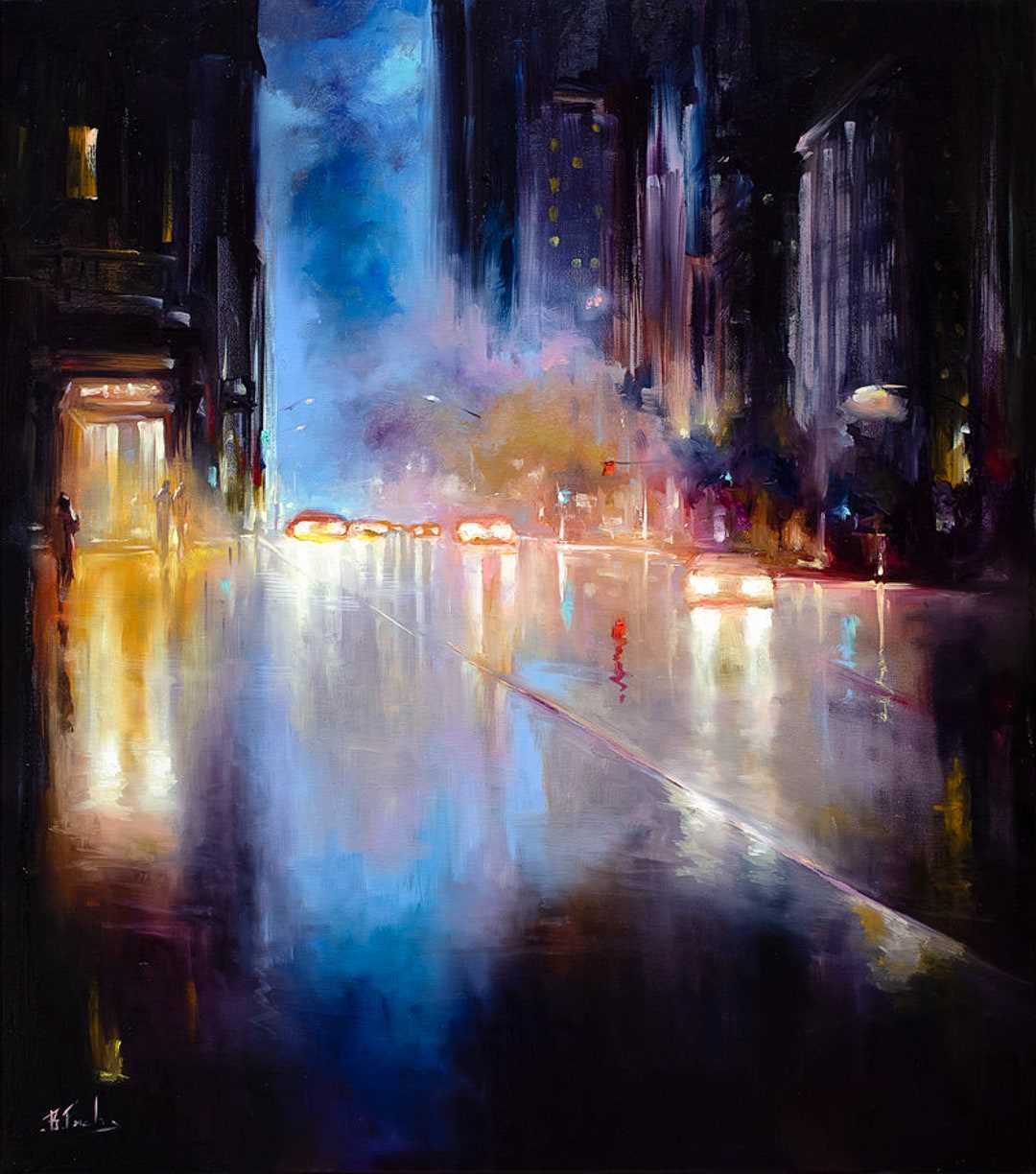
One of the primary ways decor street art enhances urban aesthetics is by adding a vibrant splash of colors to the cityscape. Instead of bland and monotonous walls, beautifully painted murals can create a visually stimulating experience for both residents and visitors. These vibrant colors not only serve to beautify the surroundings but also evoke emotions and energize the atmosphere of the city.
2. Transforming Dull Spaces
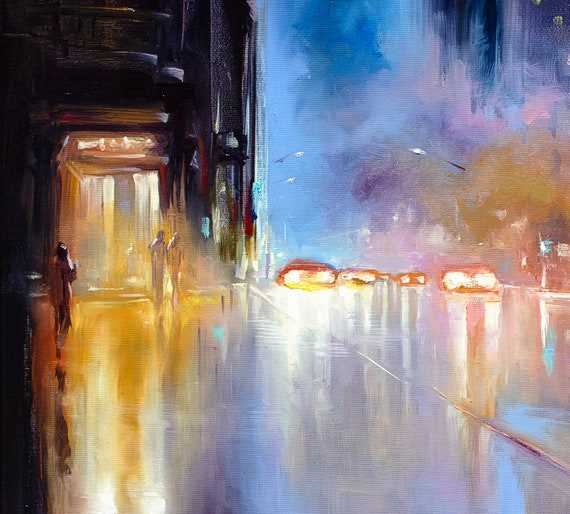
Decor street art has the unique ability to transform dull and forgotten spaces into engaging and inspiring areas. Empty walls, underpasses, and abandoned buildings can be given a new lease on life through the creative vision of street artists. These once neglected areas become vibrant focal points that draw attention and spark curiosity, making the urban environment more appealing and inviting.
Moreover, decor street art can also turn mundane objects such as utility boxes and electrical transformers into eye-catching elements. By incorporating them into the artwork, these functional objects become integral parts of the urban aesthetics, adding an element of surprise and delight to the city streets.
3. Reflecting Local Identity
Decor street art often reflects the local identity and culture of a city or neighborhood. Artists may draw inspiration from local landmarks, traditions, or historical events, creating a strong sense of place and heritage. By incorporating these elements into their artwork, street artists can contribute to the cultural identity of the urban environment, fostering a deeper connection between residents and their surroundings.
Furthermore, decor street art can serve as a platform for social and political commentary, addressing relevant issues and sparking conversations within the community. Through their art, street artists can bring attention to important topics and encourage dialogue, making the urban environment a more socially conscious and inclusive space.
The Power of Colorful Murals
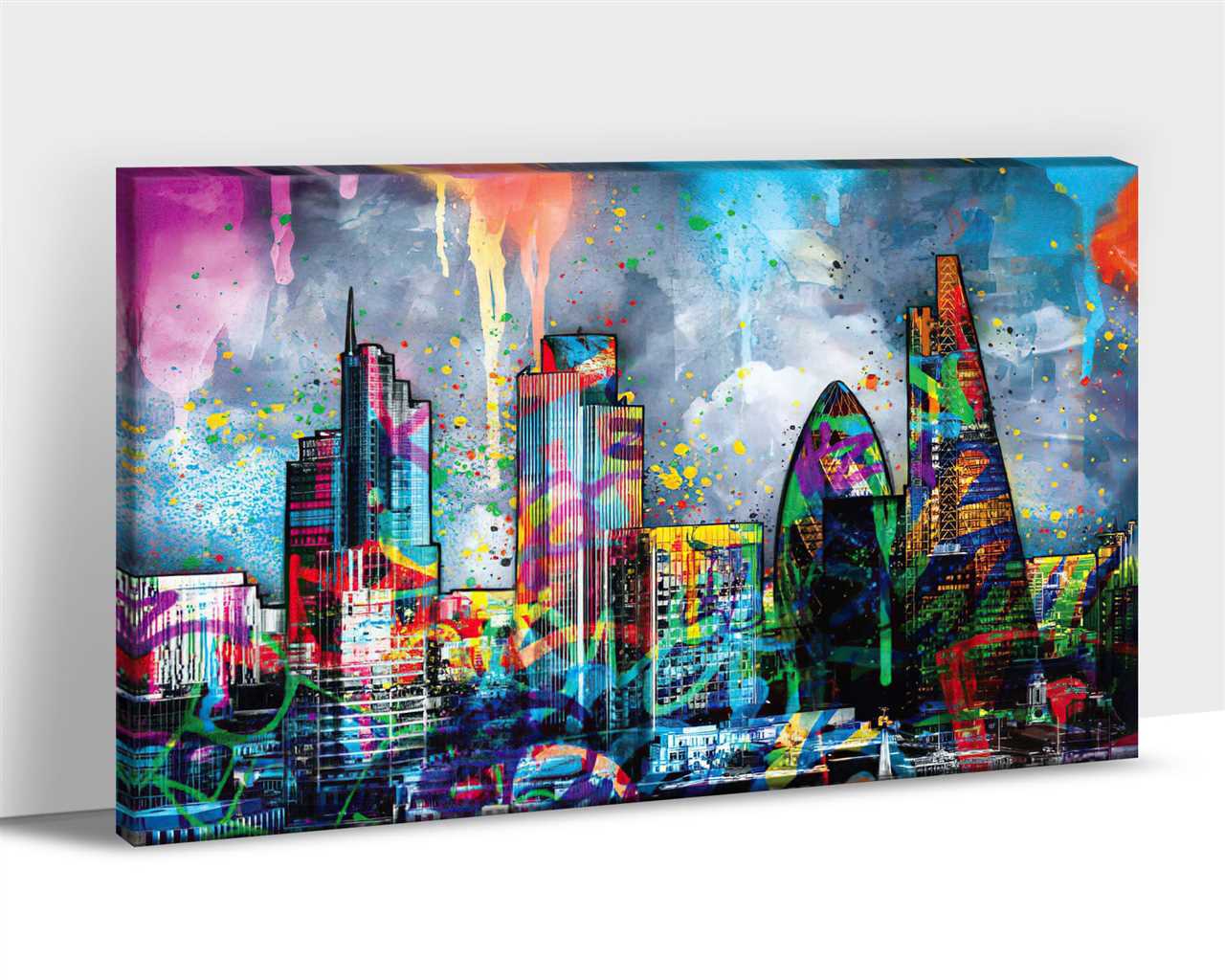
Colorful murals have the power to transform the look and feel of a cityscape. These vibrant works of art can breathe new life into dull urban areas, making them more visually captivating and appealing. They have the ability to bring communities together, spark conversations, and create a sense of pride among residents.
One of the main advantages of colorful murals is their ability to brighten up otherwise plain and uninteresting buildings or walls. Whether it’s a dreary alleyway or a rundown building facade, a colorful mural can instantly uplift the surroundings and add a touch of character to the urban landscape. The bold use of colors and intricate designs can create a mesmerizing visual experience for anyone who passes by.
Besides their aesthetic appeal, colorful murals also serve as powerful storytelling tools. Artists often use murals to convey important social or political messages. They can address issues such as inequality, diversity, and environmental conservation, provoking thought and igniting discussions among viewers. By making these messages visible in public spaces, murals have the power to raise awareness and promote positive change.
| Another significant aspect of colorful murals is their ability to foster community engagement. Murals are often created in collaboration with local artists and community members, which encourages a sense of ownership and connection to the artwork. Communities can come together to paint murals or participate in mural festivals, creating a sense of unity and civic pride. | Moreover, colorful murals can also have a positive impact on the local economy. A well-executed mural can attract tourists, who are increasingly drawn to cities known for their vibrant street art scenes. Murals can transform a once overlooked neighborhood into a popular destination, resulting in increased foot traffic, business opportunities, and economic growth. |
Stencil Art: Precise and Intricate Designs
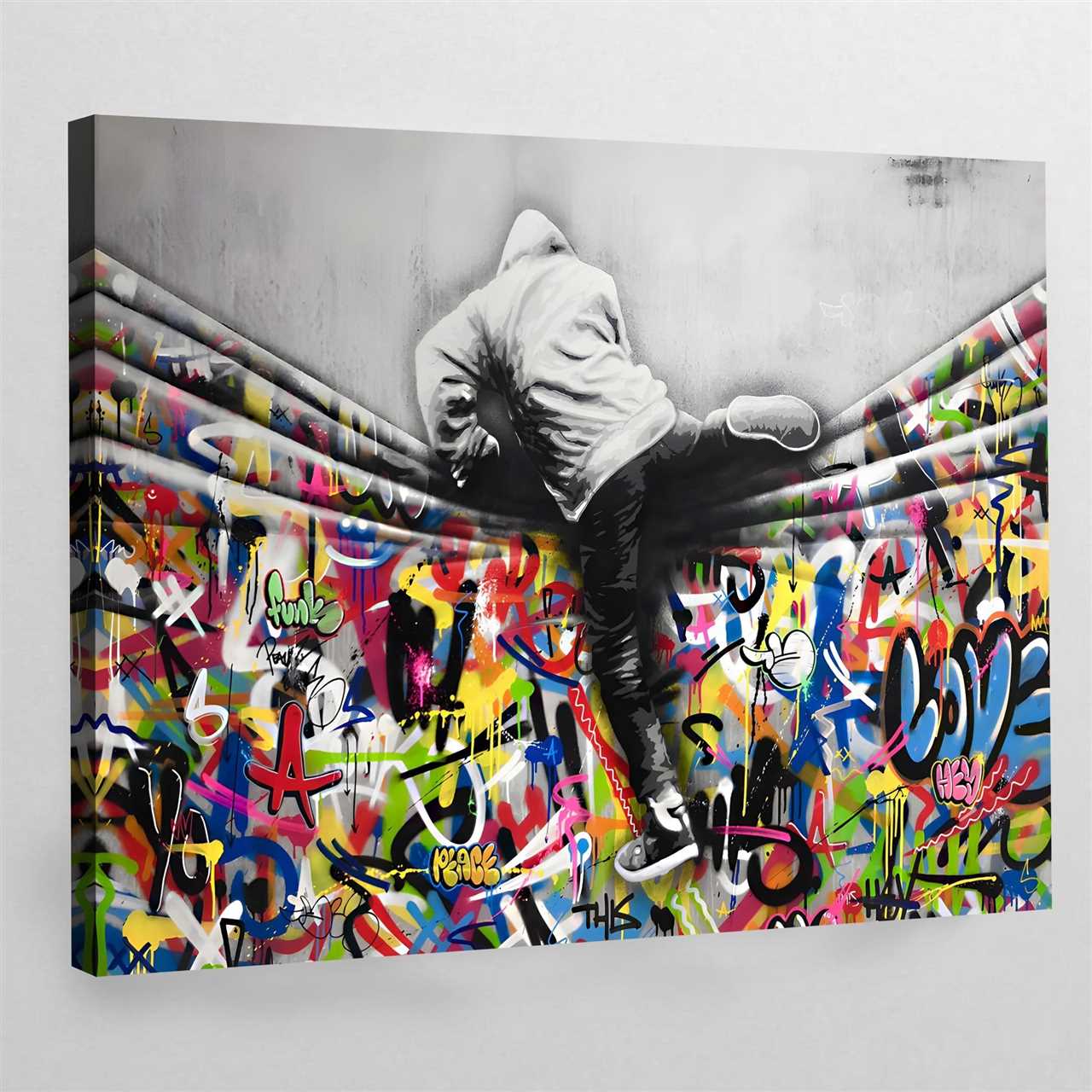
One of the most impressive forms of street art is stencil art, which involves creating intricate designs with precise cuts on a stencil. This technique allows artists to achieve incredible levels of detail and realism in their artwork.
Stencil art has its roots in political graffiti and has since become a popular form of urban art. Artists often use stencils to create large-scale murals that cover entire walls or buildings. The use of stencils allows for consistent and uniform designs, even when creating complex images.
Creating Stencils
Creating a stencil requires careful planning and attention to detail. Artists begin by selecting an image or design they want to replicate. They then trace or draw the image onto a sheet of paper or plastic, paying close attention to intricate details and subtle shading.
The next step is to carefully cut out the design using a sharp knife or precision cutting tool. This process requires a steady hand and patience, as even the smallest mistake can ruin the stencil. Once the design is cut out, artists are left with a reusable stencil that they can then use to create their artwork.
Techniques and Styles
Artists use various techniques to create stencil art, including layering, shading, and adding texture. By layering multiple stencils on top of each other, artists can create depth and dimension in their artwork. Shading is achieved by adjusting the position of the stencil or using different levels of transparency in the paint. Texture can be added by spraying the paint from different angles or using different materials, such as sponges or brushes.
Stencil art can take on a variety of styles, depending on the artist’s preferences and the message they want to convey. Some artists create photorealistic stencils that are so detailed that they can be mistaken for photographs. Others opt for a more abstract or stylized approach, using bold colors and geometric shapes to create eye-catching designs.
Overall, stencil art is a powerful form of street art that combines precision, skill, and creativity. Artists who specialize in this technique can produce stunning and thought-provoking artwork that adds vibrancy and beauty to urban landscapes.
Urban Decor Street Art: A Catalyst for Change
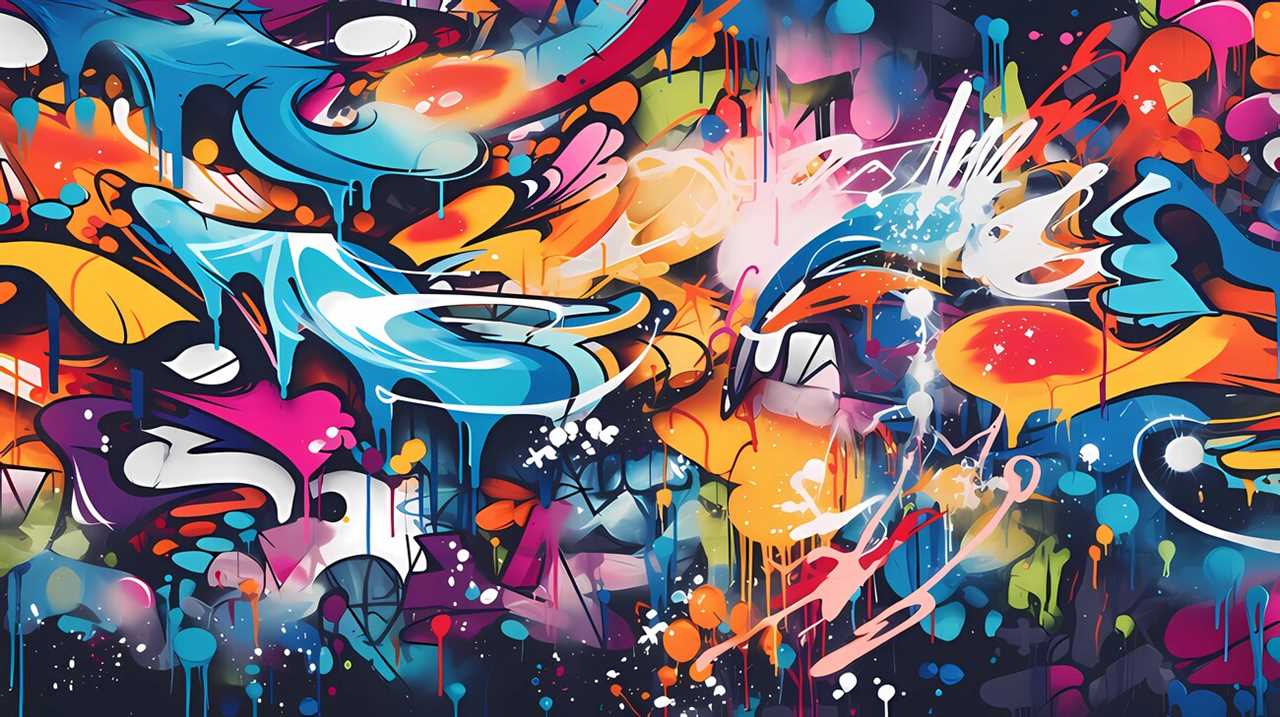
Street art has long been a powerful form of expression, transforming the dull and ordinary into something vibrant and thought-provoking. In recent years, urban decor street art has taken on a whole new dimension, becoming a catalyst for change within our cityscapes.
One of the key ways that urban decor street art inspires change is by breathing new life into neglected areas. These forgotten spaces, once filled with decay and despair, are transformed into vibrant, visually stunning works of art. This not only beautifies the area but also brings a renewed sense of pride and energy to the community.
Raising Awareness of Social Issues
Another way that urban decor street art acts as a catalyst for change is by raising awareness of important social issues. Many artists use their work as a platform to address topics such as inequality, poverty, and environmental concerns. By showcasing these powerful messages in public spaces, street art can ignite conversations and spark action among passersby.
Furthermore, urban decor street art has the power to challenge the status quo and disrupt societal norms. It can be used as a tool for artists to express their dissent and break free from the constraints of traditional art forms. By provoking thought and pushing boundaries, street art encourages individuals to question and reevaluate the world around them.
Fostering Community Engagement
Urban decor street art also fosters community engagement and collaboration. Many cities and neighborhoods have embraced street art as a way to involve the local community in the creative process. Whether through organized mural projects or graffiti festivals, these initiatives bring people together, fostering a sense of unity and belonging.
Moreover, urban decor street art has the potential to attract tourism and economic growth. When cities embrace and promote their street art scene, it becomes a unique selling point, attracting visitors and creating opportunities for local businesses. This economic boost can lead to further investment in the community, ultimately contributing to its revitalization.

I am a mural enthusiast and a fervent admirer of street art. Rather than creating murals myself, I am passionate about collecting them. My love for street art knows no bounds. I am dedicated to curating and cherishing these artworks that grace the streets. My collection stands as a testament to my profound appreciation for this form of artistic expression.
read about me



